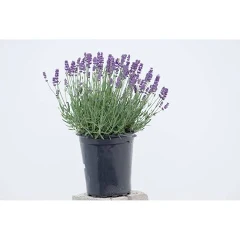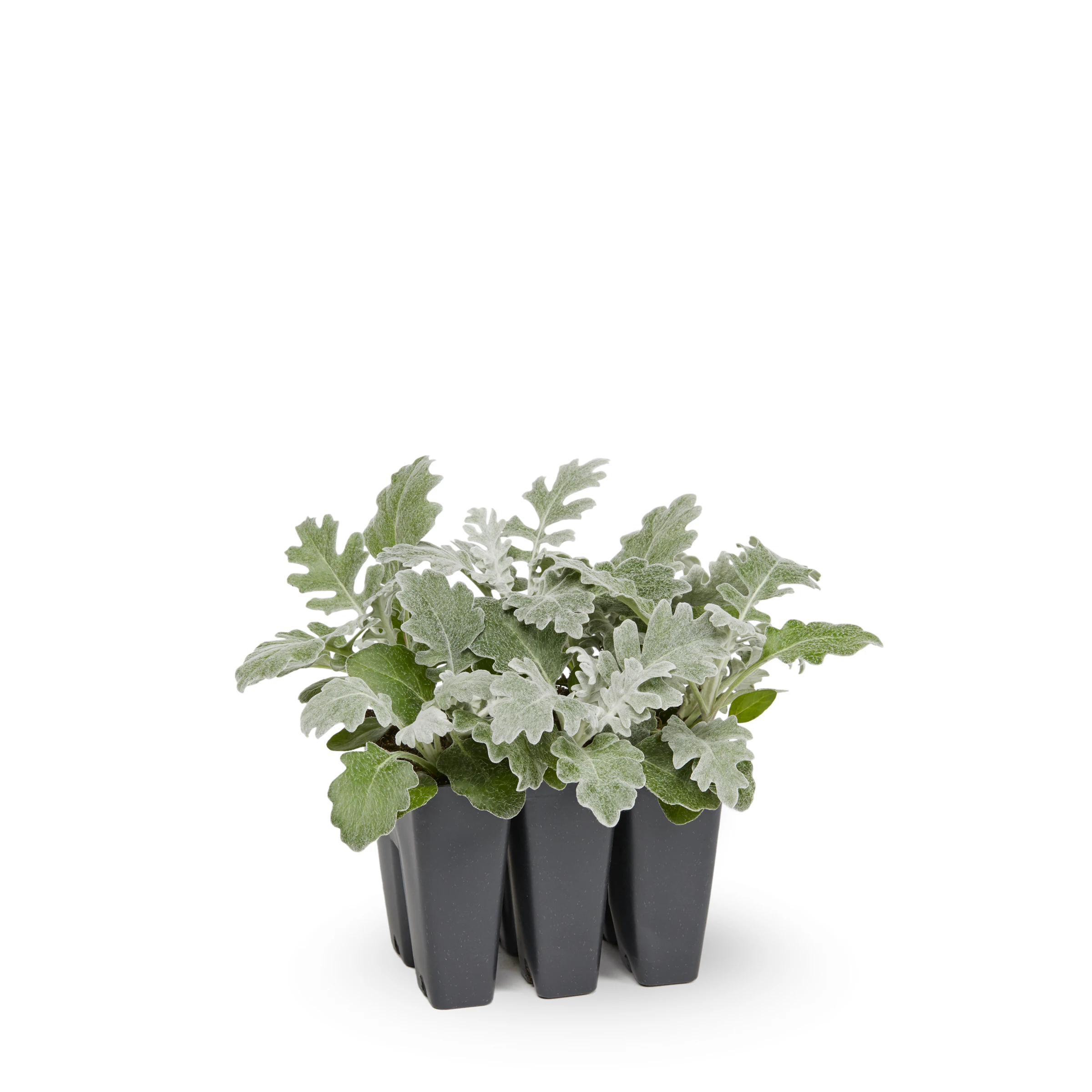This gardener’s trick makes it easy to find plants that will survive the summer heat – and it’s based on the color of the leaves
The simple trick could save your backyard this season

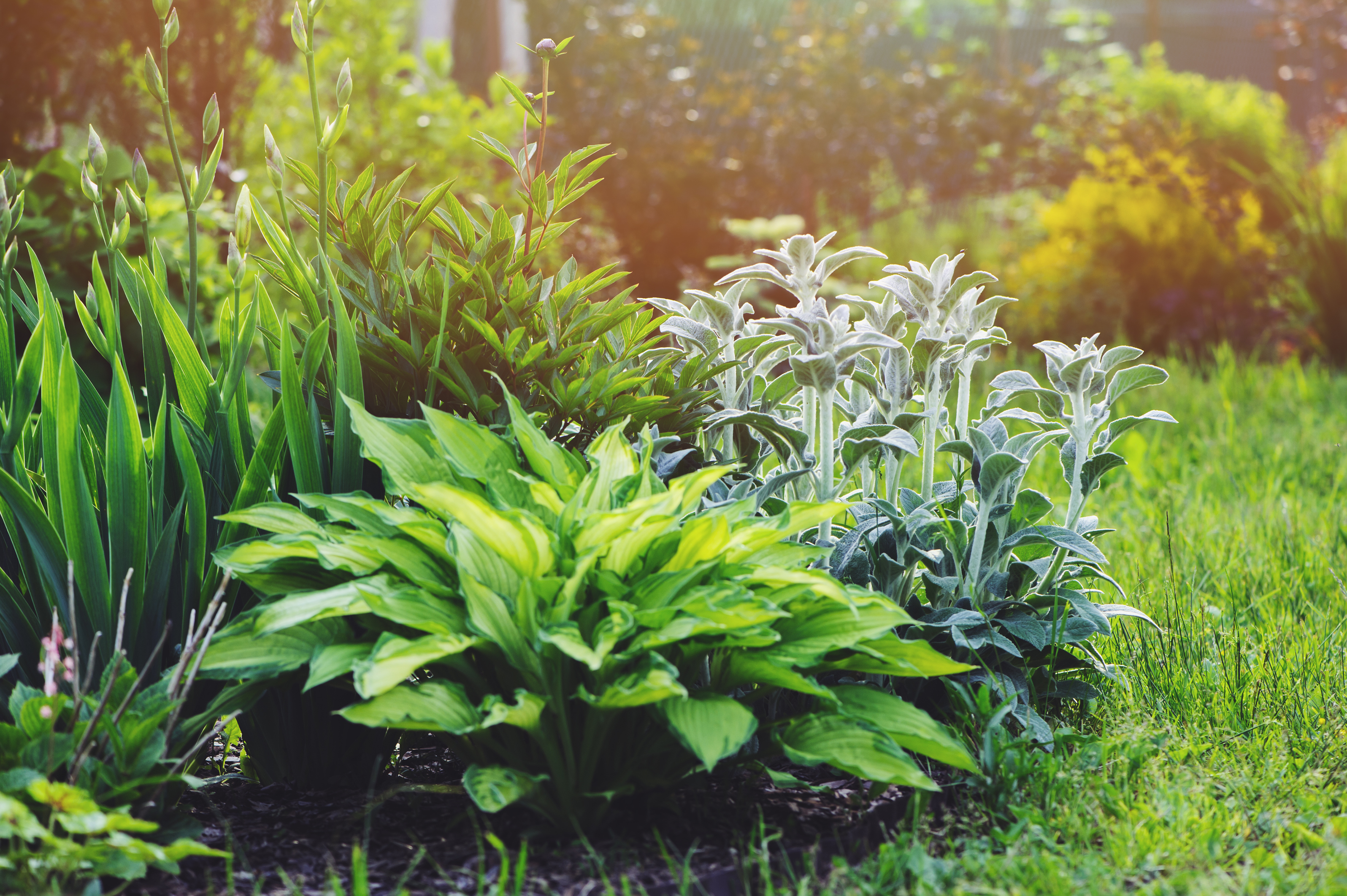
Summer is finally in sight and while that could mean great things for you, it doesn't necessarily mean good things for your backyard. Long hot summers are quickly becoming the norm for many of us, even in more northern climates, which means we're increasingly looking to grow a garden that's resistant to drought. Knowing what plants to look for, however, isn't always easy.
We all enjoy a meander around a garden center, but few of us actually know what to look for, especially when it comes to specialty plants. The good news is, there's a well-kept gardening secret that could be the answer to spotting drought-resistant plants next time you shop, and the simple trick could just save your backyard this season. All you need to do is identify one very obvious feature - the color of the leaves. Here's what you need to know.

Tony O'Neill is a renowned gardening expert, author, and educator, passionate about simplifying the art of gardening for people worldwide. He is the author of Composting Masterclass and Your First Vegetable Garden, and has a thriving YouTube channel with over 365,000 subscribers and 1.2 million monthly views. Tony is also the founder of the award-winning website, Simplify Gardening.
What do silvery-toned leaves on a plant mean?

The color in question? A silvery-grey tone. You've likely seen this bluish hue on plants such a sage and admired it's delicate shade but, as well as being a pretty sight to behold, the plant's leaves have actually adapted to be that color for a far more practical reason.
'Silvery-toned leaves indicate drought-tolerant plants because they often have unique adaptations that help them conserve water,' explains Tony O'Neill, gardening expert and founder of Simplify Gardening. 'These adaptations may also include a dense covering of tiny hairs or a waxy coating on the leaves, all of which help to reflect sunlight and reduce water loss through transpiration.' By minimizing water loss, these plants can therefore survive better in prolonged dry conditions, making them a great choice for your dry garden.
Which common garden plants have silvery-toned leaves?
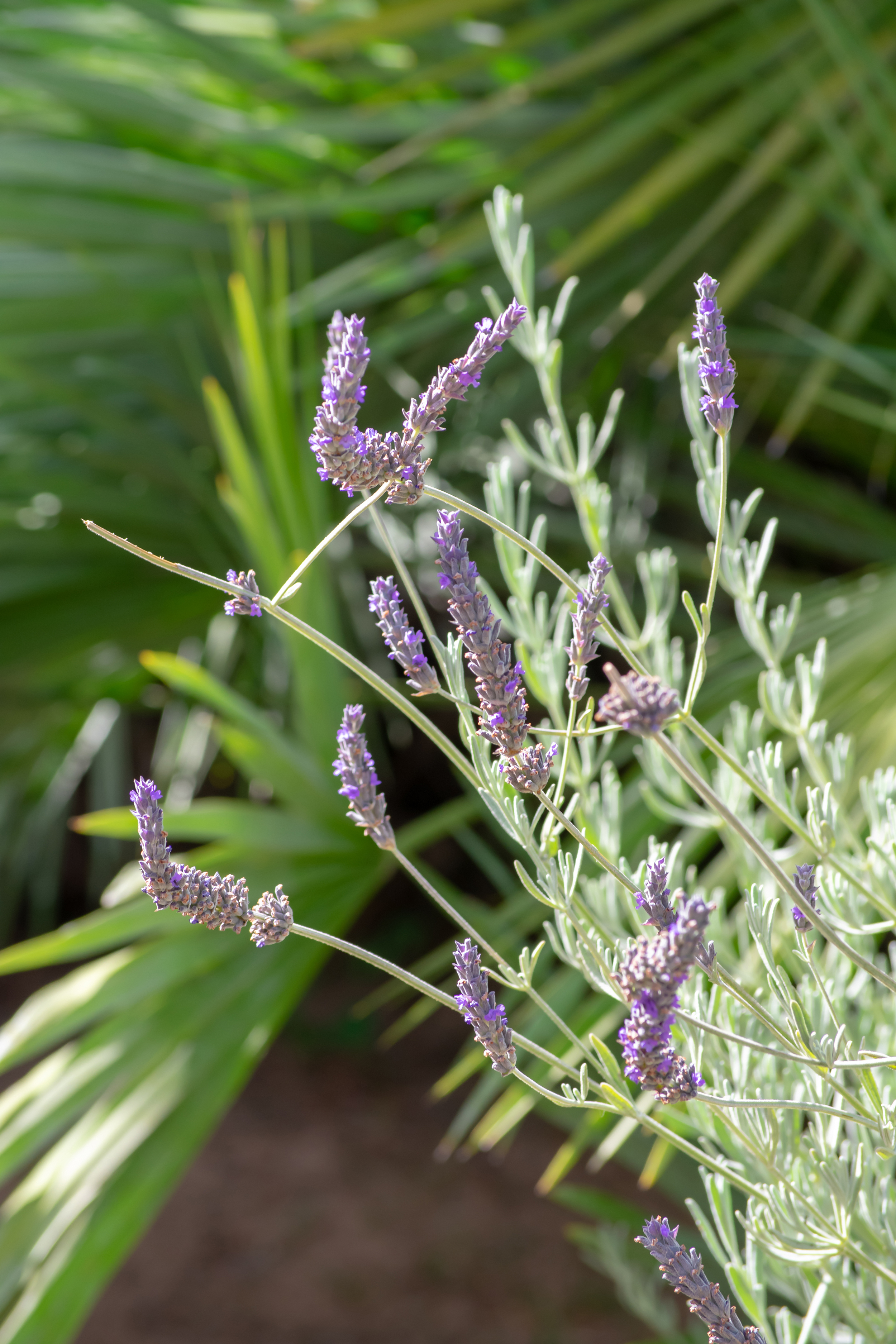
You could quite easily walk around a garden center and simply choose the first silver-toned plants you see, safe in the knowledge that they're likely a suitable plant for a dry garden, but it also helps to know some names. Well, you might be surprised to learn that this category includes a few common favorites.
According to Tony, lavender and Dusty Miller are two silvery leaved plants that make a great addition to your drought-resistant garden, and both produce some delicate colorful flowers, too. Artemisia, Russian Sage, and Lamb's Ear all also have pretty pale leaves but are more shrubby, making them ideal accompanying plants to lavender and Dusty Miller.
What are the other indicators of drought-tolerant plants?
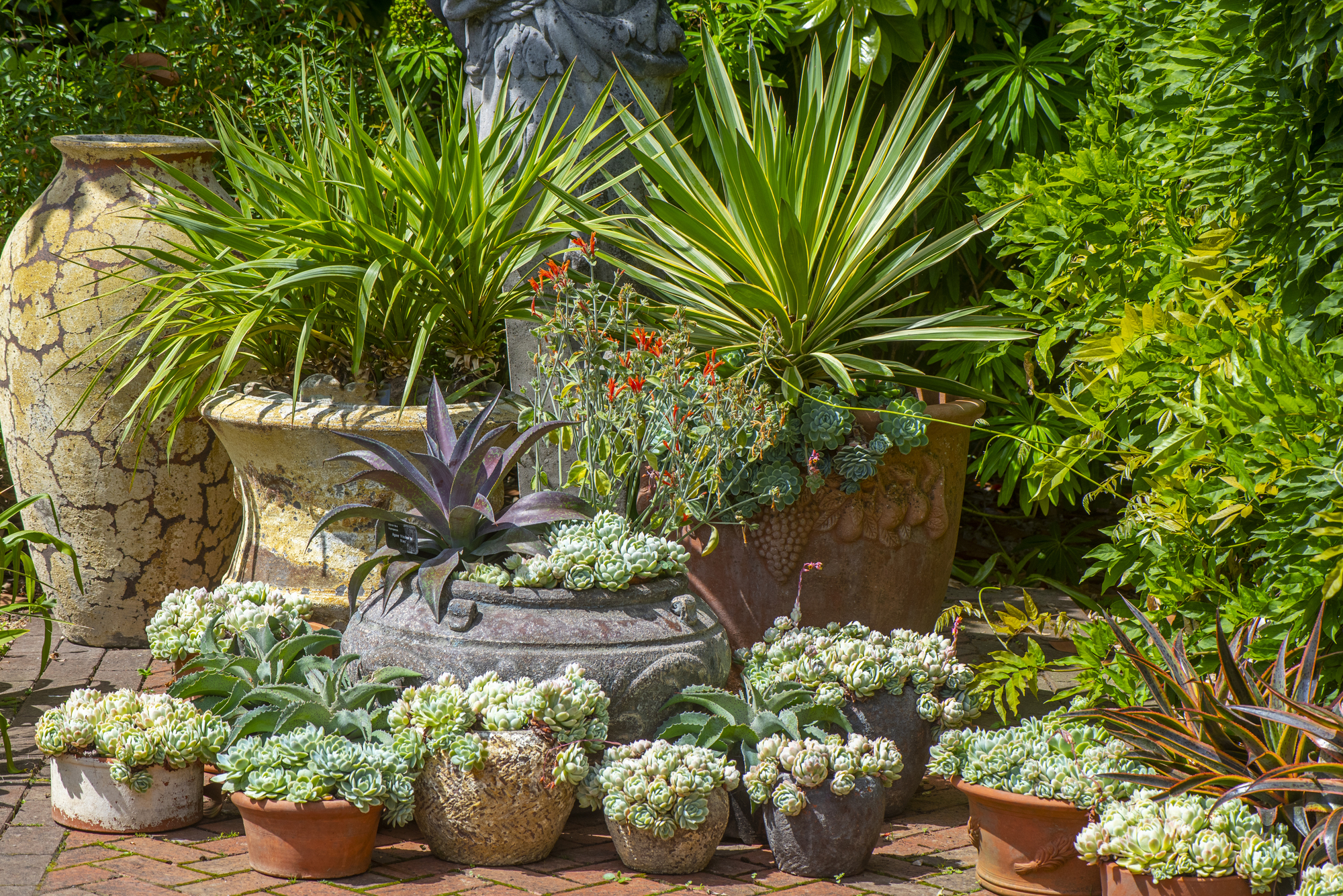
As Tony touched upon, silvery leaves aren't the only indicator of drought-resistant plants - there are plenty of other signs, too. Use the additional features listed below as a drought-tolerant plant checklist next time you're shopping for your dry garden.
The Livingetc newsletters are your inside source for what’s shaping interiors now - and what’s next. Discover trend forecasts, smart style ideas, and curated shopping inspiration that brings design to life. Subscribe today and stay ahead of the curve.
1. Thick, leathery, or furry leaves
To help them retain water, many plants have thicker leaves, sometimes also accompanied by fuzzy foliage. 'These help to minimize water loss and protect the plant from desiccation,' Tony explains.
2. Leaves with a waxy or powdery coating
Many plants native to arid climates, such as succulents, have waxy or powdery leaves. The reason, says Tony, is to reflect sunlight and help reduce water loss during hot spells of weather.
3. Small or narrow leaves
It's a simple piece of mathematical logic, but one that's useful to be reminded of when gardening. Since smaller, narrow leaves have a reduced surface area, it helps minimize water loss through transpiration.
4. Succulent leaves or stems
Finally, plants such as cacti have succulent stems which are used to store water. 'Plants with fleshy, water-storing leaves or stems like these can conserve water internally to endure dry conditions,' Tony says.
There you have it - now you know exactly what to look for during your next trip to the garden center. As Tony notes: 'By recognizing these various indicators, you can now make informed choices for your garden to help conserve water and create a more sustainable landscape.' Either that, or you just acquired a cool new bit of knowledge to brag about next time you notice a drought-tolerant plant - the choice is yours!
Our favorite silvery leaved plants
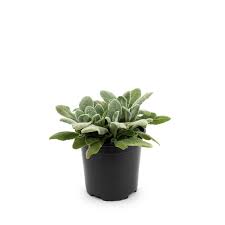
Lamb's Ear, also known as woolly hedgenettle, is a drought-tolerant perennial that brings a delicate pale green hue to your garden border. The silvery tone helps reflect light so that the plant can flourish through warm weather and the fuzzy foliage creates a soft-textured mat effect.

Lilith Hudson is a freelance writer and regular contributor to Livingetc. She holds an MA in Magazine Journalism from City, University of London, and has written for various titles including Homes & Gardens, House Beautiful, Advnture, the Saturday Times Magazine, Evening Standard, DJ Mag, Metro, and The Simple Things Magazine.
Prior to going freelance, Lilith was the News and Trends Editor at Livingetc. It was a role that helped her develop a keen eye for spotting all the latest micro-trends, interior hacks, and viral decor must-haves you need in your home. With a constant ear to the ground on the design scene, she's ahead of the curve when it comes to the latest color that's sweeping interiors or the hot new style to decorate our homes.
